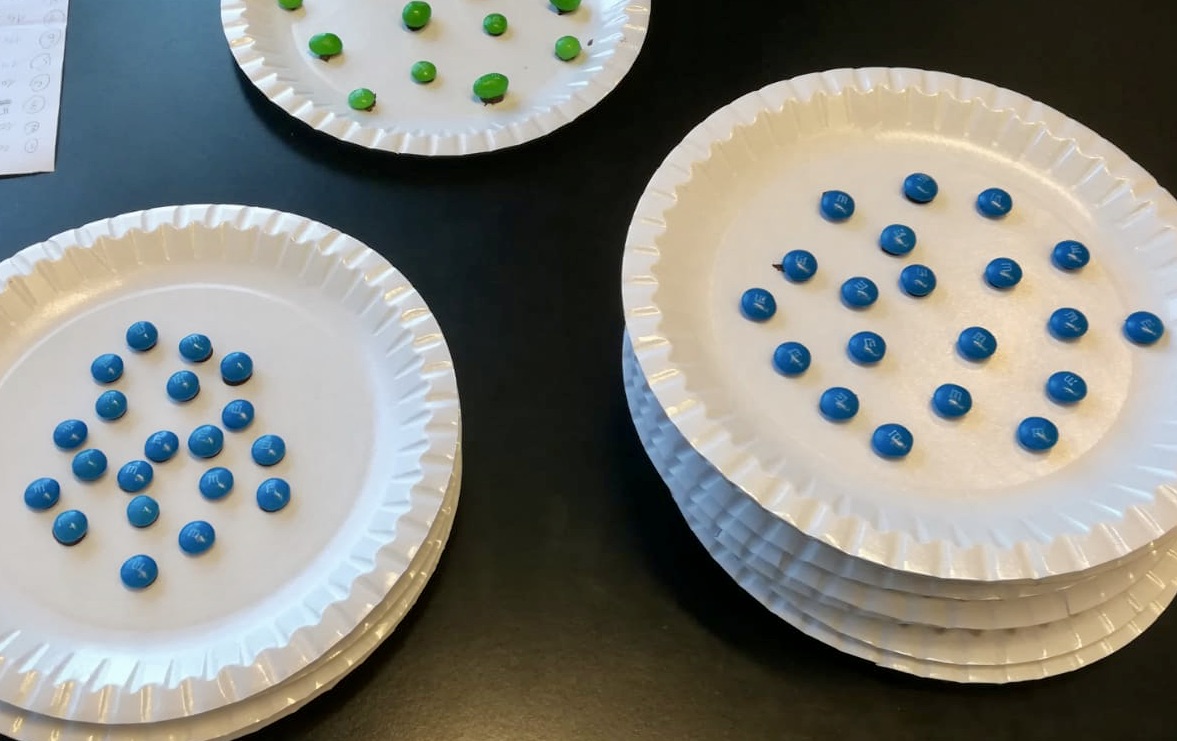Estimating the number of peas on a plate, or how many sweets are in a bowl, is a surprisingly complex skill. It involves an understanding of the size of the peas (or chocolates), the total space they occupy, their distribution on the plate, and how close they are together. But do we also possess a “Number sense”, or an intuitive understanding of quantity alone, regardless of all other factors? This was, for a long time, a debated question in the field of numerical cognition and has implications for our understanding of typical and atypical development of numerical skills. Now, Amandine Van Rinsveld, Mathieu Guillaume, Peter Kohler, Christine Schlitz, Wim Gevers, and Alain Content have found support for this hypothesis. Their experiment did not require any task from participants who simply look at a screen presenting 10 images per second with collections of dots. Meanwhile, their brain activity was measured using an EEG. When all dimensions varied randomly but numerosity changed in fixed intervals, the participants’ visual system picked up on this constant. This demonstrates that numerosity is a meaningful dimension for our brains: If the brain estimates the number of dots based on their size, the space they occupy, or how close they are together, the regular variation in dot frequency should have gone unnoticed. In addition to the new understanding of the number sense, this visual stimulation method also has the advantage that participants did not have to actively count the dots or solve any other tasks. This means that the method can be used with children and people who have difficulties with mathematical skills in future research projects.

If you want to read more about these findings, you can find the entire article published in the Proceedings of the National Academy of Sciences
The neural signature of numerosity by separating numerical and continuous magnitude extraction in visual cortex with frequency-tagged EEG
Amandine Van Rinsveld, Mathieu Guillaume, Peter J. Kohler, Christine Schiltz, Wim Gevers, Alain Content
Proceedings of the National Academy of Sciences Mar 2020, 117 (11) 5726-5732; DOI: 10.1073/pnas.1917849117

